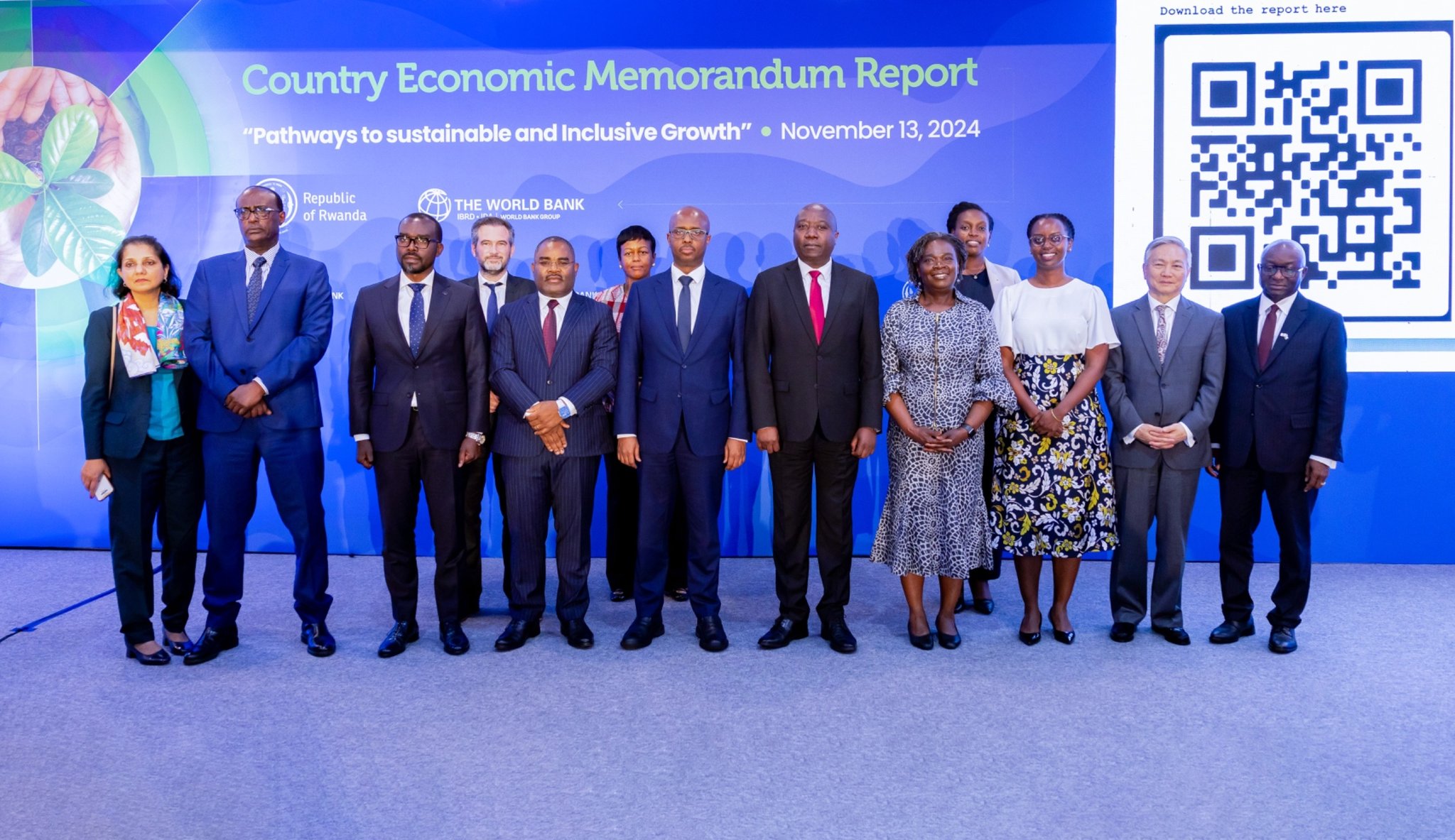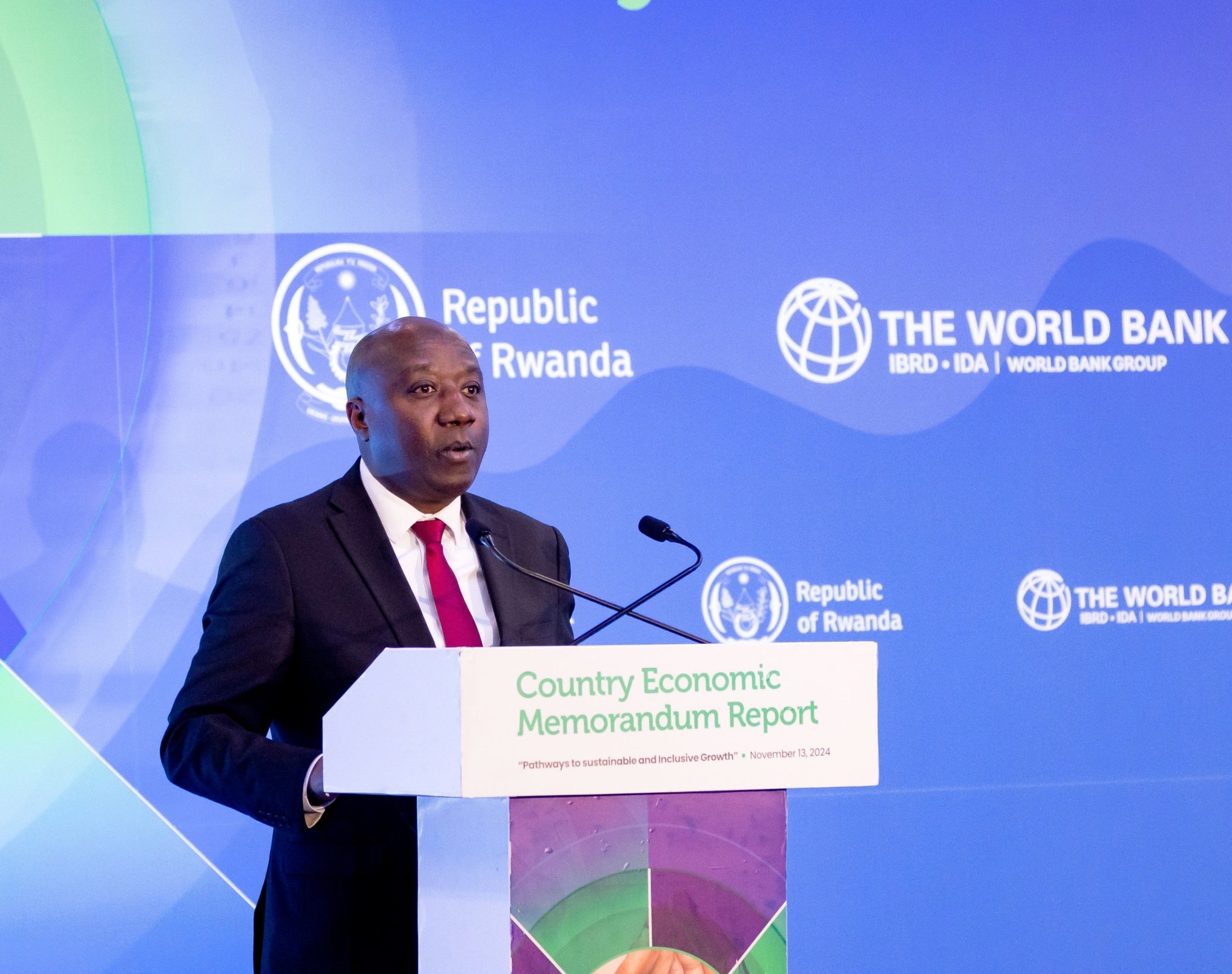In just two decades, Rwanda has transformed itself from a country rebuilding after conflict to one of Africa’s fastest-growing economies. With vibrant cities, rising infrastructure, and a commitment to innovation, Rwanda’s story is one of resilience and hope. But as the nation sets its sights on becoming a middle and high-income country by 2035 and 2050, it faces new challenges that require fresh solutions and bold strategies.
To help Rwanda reach these ambitious targets, the World Bank has released the Rwanda Country Economic Memorandum (CEM). This report takes a close look at the country’s economic journey, highlighting what has worked, where the challenges lie, and how Rwanda can continue to grow in a way that benefits everyone.
Based on the key findings from the report, we’ve compiled the Top 10 Key Insights that paint a picture of Rwanda’s path forward. These insights reveal both the opportunities and hurdles ahead, offering a guide for the next chapter of Rwanda’s inspiring story of progress and resilience.
1.Strong Economic Growth but Slowing Impact on Poverty Reduction:
Rwanda has enjoyed robust economic growth, averaging 7% annually since 2010, which has helped lift many out of poverty. However, the rate at which economic growth is reducing poverty has slowed down. Between 2005 and 2011, each percentage point of GDP growth reduced poverty by 0.36%, but this impact dropped to 0.24% between 2011 and 2017. This shift highlights the need for growth that is more inclusive, ensuring that the benefits reach the most vulnerable communities.
2.Persistent Unemployment and Low Job Creation:
Despite impressive growth figures, job creation remains a challenge. The unemployment rate has hovered around 12% from 2000 to 2018, with many Rwandans still engaged in low-paying, informal jobs. The slow growth in productivity and limited availability of quality jobs indicate the need for more effective job creation strategies, particularly in sectors that can provide sustainable livelihoods.
3.Unlocking Private Sector Potential:
The private sector in Rwanda is still largely made up of small, informal businesses concentrated in low-value sectors. Despite employing 71% of the workforce, Micro, Small, and Medium Enterprises (MSMEs) receive only 15% of total bank lending. Enhancing access to finance, especially for small businesses, through digital financial services and financial literacy programs is crucial for driving economic growth. Policies to improve competition and reduce barriers for startups are also essential.
4.Need for Export Diversification:
Rwanda’s export market is heavily reliant on a few products, such as gold and basic agricultural goods, making the economy vulnerable to external shocks. The report suggests that Rwanda should diversify its exports by focusing on digital services, expanding its agricultural value chains, and leveraging regional trade opportunities through the African Continental Free Trade Area (AfCFTA). Strengthening trade ties with key partners like the Democratic Republic of Congo (DRC) could provide a significant boost to the economy.
5.Pushing Digital Transformation for Growth:
Rwanda has made strides in building its digital infrastructure, but challenges like limited broadband access and high internet costs remain. To tap into the digital economy, Rwanda needs to invest in affordable internet, digital skills training, and smart device accessibility. Embracing next-generation technologies and enhancing digital trade can position Rwanda as a leader in digital services across the region.
6.Revamping Agriculture for Better Productivity:
Agriculture is still the backbone of Rwanda’s economy, employing a large segment of the population. However, productivity in this sector has stagnated, with less than 6% of farmland being irrigated. Increasing investment in modern farming techniques, agri-logistics, and cold storage is key to improving yields. Encouraging “Farming as a Business” by supporting agribusiness startups and value-added production will help boost incomes for rural communities.
7.Building Resilience to Climate Change:
Rwanda faces significant risks from climate change, including floods, droughts, and soil erosion. The report calls for scaling up nature-based solutions such as reforestation, sustainable land management, and climate-smart agriculture. Rwanda’s goal of mobilizing $11 billion by 2030 for its climate action plans reflects a strong commitment to building a greener, more resilient economy.
8.Investing in Human Capital:
The country’s low ranking on the Human Capital Index (160th out of 174 countries) highlights gaps in education and health services. Rwanda must focus on improving early childhood education, secondary schooling, and vocational training, particularly in science, technology, engineering, and mathematics (STEM) fields. Strengthening healthcare services is also vital for raising life expectancy and workforce productivity.
9.Tackling Public Debt and Ensuring Fiscal Stability:
Rwanda’s public debt has risen significantly, from 20.4% of GDP in 2010 to 66.7% in 2022, mainly due to extensive public investments. To ensure fiscal sustainability, the report recommends better management of public spending, especially in state-owned enterprises, and encouraging more private sector involvement in infrastructure projects. Reforms in tax collection and reducing unnecessary tax exemptions can also boost public revenues.
10.Harnessing Urbanization and Regional Connectivity:
Urbanization offers a great opportunity for Rwanda to boost its economic development. By improving infrastructure in secondary cities and investing in transport and logistics, Rwanda can drive growth beyond the capital, Kigali. Enhanced regional integration, particularly through the AfCFTA, can also help Rwanda become a key logistics and trade hub in East Africa, opening up new markets and investment opportunities.




















